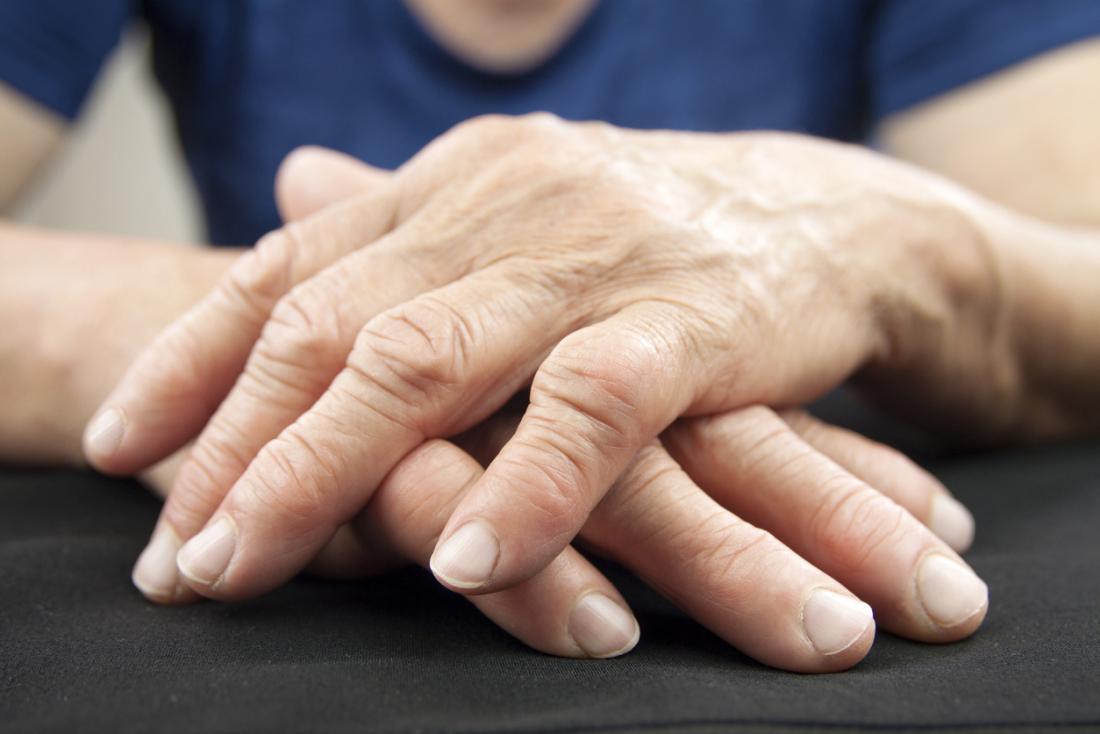
Your hands are exceptionally engineered appendages. The combination of small bones in your wrist, palm and fingers offer incredible strength and support without compromising mobility and dexterity. Your muscles and nerves work in brilliant cooperation to produce almost unparalleled sensitivity and fine motor control. You probably use these abilities from the moment you wake up in the morning until you go to bed at night. Whether you work at a keyboard all day, operate a smart phone or perform other manual tasks, your hands are essential to functioning in a modern world.
That is why anything, like arthritis, that impairs our hands is so problematic and will cause you to seek out effective pain relief. If you are one of the 54 million Americans with arthritis pain, then you know how difficult that pain can make your life. Almost one quarter of all adults in the U.S. suffers one of the following arthritis pain conditions:
- Osteoarthritis
- Rheumatoid arthritis
- Gout
- Lupus
- Juvenile arthritis
- Rheumatism
- Psoriatic arthritis
All forms of arthritis are accompanied by symptoms that include:
- Pain
- Joint stiffness
- Aches
- Inflammation
Without proper medical treatment and exercise, these symptoms may worsen considerably, eventually leading to loss of mobility and disability.
Arthritis and Your Hands
Arthritis is essentially an inflammation of the joints. There are 29 bones in the hand, each with its own joint. For an arthritis patient, any or all of these joints could show symptoms like arthritis pain, swelling or stiffness. What may originally appear as pain could evolve into more serious conditions like joint malformation or loss of function.
The danger of arthritis is the erosion of the lining on bones in the joints that would allow the bones to rub against one another. With less protective cartilage, impacted bone could cause fracture and produce bone spurs. Although bone spurs are a painful condition that may limit your mobility, over time, this health condition could deform the bones, forcing the joint to operate in an unnatural way.
Not only could you experience significant pain and joint enlargement, but you could also experience bone misalignment or complete loss of function in various regions of your hand. Limited or impaired joint mobility is often a snowball effect in which diminished functionality spreads to previously unaffected joints.
Arthritis Treatments for Pain Relief
If you encounter one or more symptoms of arthritis, then see your doctor as soon as possible. Your physician can examine you and perform tests to see if you have arthritis and what kind it may be. After your diagnosis, you and your doctor can discuss your current condition and available treatment options. These may include one or more of the following therapies for pain relief:
- Physical therapy—physical therapy is an especially important treatment option for arthritis pain sufferers because it emphasizes motion and joint functionality. Your physical therapist will work with you to develop a personalized treatment program that should improve your strength, flexibility, and dexterity.
- Yoga—your doctor may recommend mind-body activities like yoga or Tai Chi. These kinds of exercises not only provide physical exercise that improves strength and flexibility, but they also help ward off pain by relieving stress and promoting mental peace.
- TENS—many physical therapists use transcutaneous electrical stimulation or TENS for arthritis pain relief. This treatment applies a mild electrical current to the skin of affected areas which may numb pain signals.
- OTC medications—you probably use common over-the-counter drugs like aspirin or acetaminophen for your arthritis pain, but you may not realize why they work so well. Drugs like aspirin, ibuprofen (Motrin) and naproxen (Alleve) are nonsteroidal anti-inflammatory drugs (NSAIDs) which limit your body’s production of prostaglandins, a hormone that plays a key role in pain and swelling.
The sooner you start treatment for your arthritis, the less damage will occur to your joints.
Hand Exercises for Arthritis Pain Relief
In addition to treatments administered by your doctor or physical therapist, you may also find some pain relief by regularly exercising your hands. The following exercises may help limit the progression of arthritis in your hands if you perform them regularly. Continue to do them even if you don’t exhibit symptoms like pain or stiffness since your arthritis may be progressing without external signs.
- Fist formation—start this exercise with all of the fingers on one hand fully extended. Slowly draw your fingers in to form a fist with your thumb outside of your fingers. Don’t clench, but hold for three breaths, then slowly extend your fingers again. Do ten repetitions on each hand.
- Finger bends—starting with your fingers fully extended, slowly curl one finger into your palm as far as possible. Hold for three breaths then re-extend your finger. Repeat with all five digits on both hands.
- “O” formation—with your fingers fully extended, slowly curve your fingers and thumb into an “O” shape. At the end of the movement, you should look like you are holding broom handle. Unclench and repeat ten times on either hand.
- Hitchhiker bend—begin this exercise with your flat hand on a table, thumb pointing up as if you are about to shake someone’s hand. Slowly curl your four fingers into your palm, until you form a hitchhiker’s sign. Straighten your fingers and repeat ten times on both hands.
- Finger lift—start with your hand open and flat on a table. Without moving any other part of your hand, gently raise one finger as high as it will comfortably go. Lower the finger and repeat with all ten digits.
- Wrist flex—extend your arm and hand out with your palm facing down. Using your other hand, gently press on the back of your extended hand, until your palm is facing you. Hold for several breaths, then return to your original position. Repeat ten times with both hands.
- Grip strengthener—hold a soft ball in your hand. Squeeze the ball as hard as you can and hold for three breaths. Release and repeat ten times with either hand.
- Thumb stretch—place your open hand palm down a table. Put a rubber band around palm and thumb. Slowly extend your thumb as far as possible. Hold for a ten count then return to your original position. Repeat ten times on both hands.
Article written by: Dr. Robert Moghim – CEO/Founder Colorado Pain Care
M.D. Disclaimer: The views expressed in this article are the personal views of Robert Moghim, M.D. and do not necessarily represent and are not intended to represent the views of the company or its employees. The information contained in this article does not constitute medical advice, nor does reading or accessing this information create a patient-provider relationship. Comments that you post will be shared with all visitors to this page. The comment feature is not governed by HIPAA and you should not post any of your private health information.



